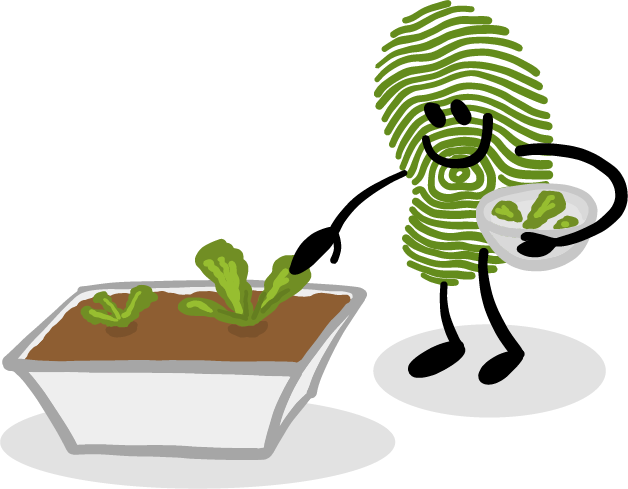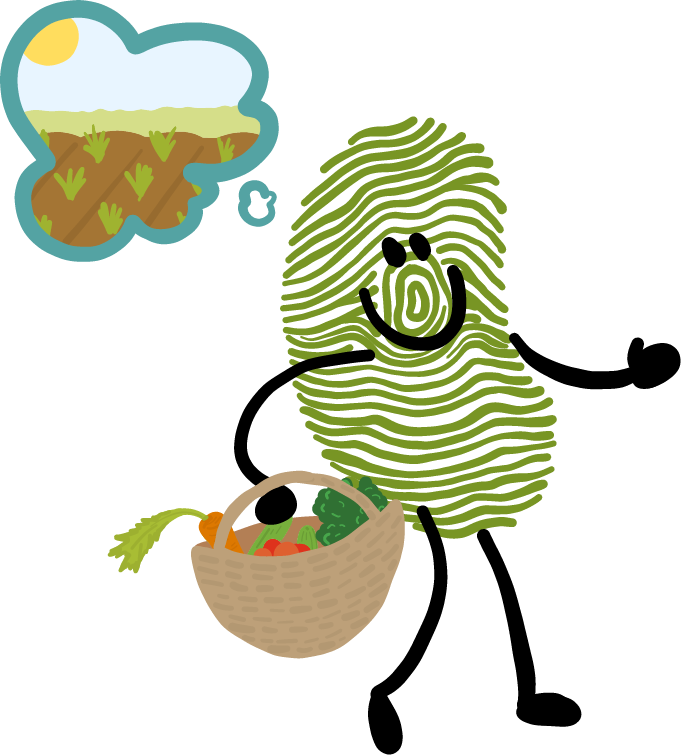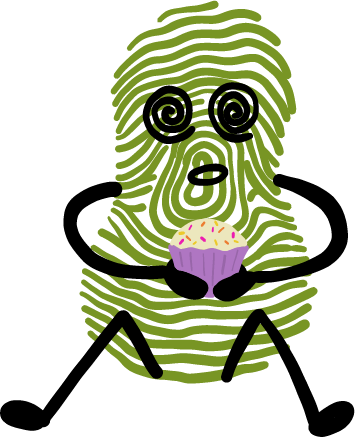What We Do
Our Promise, a Student’s Adventure
A Little Green Thumbs garden is more than the sum of its parts! We are an indoor classroom gardening program which creates dynamic learning opportunities for teachers and students by supporting them to grow food in their classrooms.
Gardens are living laboratories, a place where students can apply and learn real-life STEM (Science- Technology- Engineering- Math) skills. Not only are gardens excellent teaching tools for building STEM understanding, a classroom garden fosters the ‘21st century skills’ needed to thrive in an evolving society and workplace. These skills are critical thinking, communication, collaboration, and creativity.

What makes a Little Green Thumbs garden unique?
We don’t work in isolation.
We are a collective network of organizations and educators delivering the Little Green Thumbs program, using shared measures, mobilizing knowledge and innovating the program regularly.
Our gardens grow SEED to SEED
This means our gardens grow unique indoor crops, such as tomatoes, cucumbers, peppers, peas and beans, in addition to non-fruiting crops such as lettuce, chard and kale.
Our gardens grow right in the classroom!
Using low-cost replicable equipment designed for a school learning environment, students and teachers have access to the garden daily.
What students gain
We grow more than just food in our gardens! School gardens are increasingly recognized as valuable classroom tools which catalyze food literacy and environmentally engaged learning. Teachers are utilizing classroom gardens to help students explore their relationships with food and foster healthy eating practices, while at the same time, leveraging the garden to support student emotional and social well-being. Teachers from across Canada are using their garden as an inspiring tool for teaching aspects of Indigenous, Métis and Inuit perspectives. The capacity of the garden to engage learners with diverse needs, and engage students in hands-on, experiential and inquiry-based learning results in a higher levels of engagement. This helps students internalize their learning and builds a foundation of academic success. See the research here.

Food Literacy
It has been shown that positive food experiences and education in youth have lasting effects into adulthood. A Classroom Garden provides a platform for varied food related educational content, ranging from agriculture and ecology, to food justice, nutrition and beyond.
Environmental Stewardship
A garden makes invisible ecological relationships, visible to students through observation and hands-on learning. Students begin to understand the interconnectedness of our environment, our food and ourselves.
Social and Emotional Well-being
Working with the garden promotes teamwork amongst students, encouraging dialogue, strengthening class relationships and building self-esteem and confidence.
Academic Achievement
Kids are more engaged in real world, hands-on learning, particularly at the elementary school level. When students are more engaged with learning, there is a stronger foundation for academic success.
How we do it
A garden is fertile ground for innovative teaching strategies that deepen learning and foster student engagement. What we mean is, kids dig it!

Inquiry based learning
Questions sprout before anything else in a classroom garden. Observation, curiosity, experimentation: things that naturally take root.

Experiential learning
Students get their hands dirty, literally. They gain knowledge, skill and understanding from direct experience in their own classroom garden.

Cross-curricular learning
Naturally cross-curricular, gardens bridge subject areas for practical learning opportunities! There is truly a school in every garden.

Why it’s important
In a time when conversations about food are prominent in our popular culture, there also exists a lack of understanding of the relationship between the food system, environment and individual and community health. According to the Public Health Agency of Canada, more than one in four children in Canada are overweight or obese, and often the least healthy foods are the easiest to access for the most food insecure among us.
The food environment
An alarming study commissioned by the Heart and Stroke Foundation states that in a single year, kids between two and 11 view more than 25 million food and drink ads on their favourite websites. Of these ads, over 90% are for products deemed unhealthy, such as cakes, cookies, ice cream or sugary drinks.

Kids see over 25 million food and beverage ads a year on their favourite websites

Over 90% of food and beverage product ads viewed by kids and teens online are unhealthy

Childhood obesity levels in Canada have tripled since 1979
What can we do?
Schools can play an important role in reversing this trend by educating for more engagement and agency within the food system, and by creating environments for children that support healthy eating habits. Fostering positive food growing experiences and increasing the availability, and knowledge of, nutritious foods for youth has lasting effects into adulthood.
Parents and teachers are doing the best they can, but the environment makes it hard.
